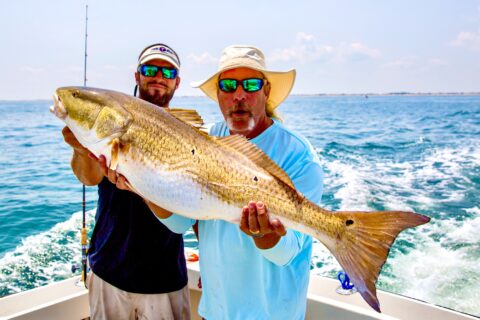Fisheries management these days seems to be all over the place, and some of the data sent to NOAA Fisheries by the angling community isn’t even used in research that eventually determines seasons, size minimums and bag limits.

The black sea bass is the perfect example. A staple of winter fishing for private boats, charters and head boats for decades, the Atlantic States Marine Fisheries Commission (a regional part of NOAA Fisheries) abruptly shut the fishery down several years ago – sighting concerns that the fishery might be being hit too hard by anglers. Scores of videos and pictures on the internet clearly showed that angling pressure on the fishery was hard.
The shutdown cost area fishing-related businesses countless numbers in income. Anglers were ticked, and rightfully so. The same people posting pictures of excellent catches could go out and do it over and over again. Divers even bore witness to the sea bass’s more than healthy population, some writing that near- and offshore wrecks were loaded with fish. The season typically is closed in the winter when it is needed the most. But fisheries management have been gracious and opened a season for February. Anglers are looking at calendars and weather reports and readying themselves for any and all open windows during the month.
Black sea bass are a mainstay among bottom fishermen who seek a wide variety of species that make wrecks, artificial reefs and rubble piles their home. Not only do they help pump money into the economy, but they are one of the tastiest fish that make our region’s waters home.
Firm, while almost sweet, meat is delicious cooked a variety of ways. And while fresh always is better, the meat does well frozen when vacuum sealers are used.
This February opening is supposed to make us happy in that NOAA Fisheries gave us a little taste. When brought into Virginia ports, anglers can keep 15 sea bass a day with each measuring 13 or more inches.
To read more of my work, go to: leetolliveroutdoors.com



